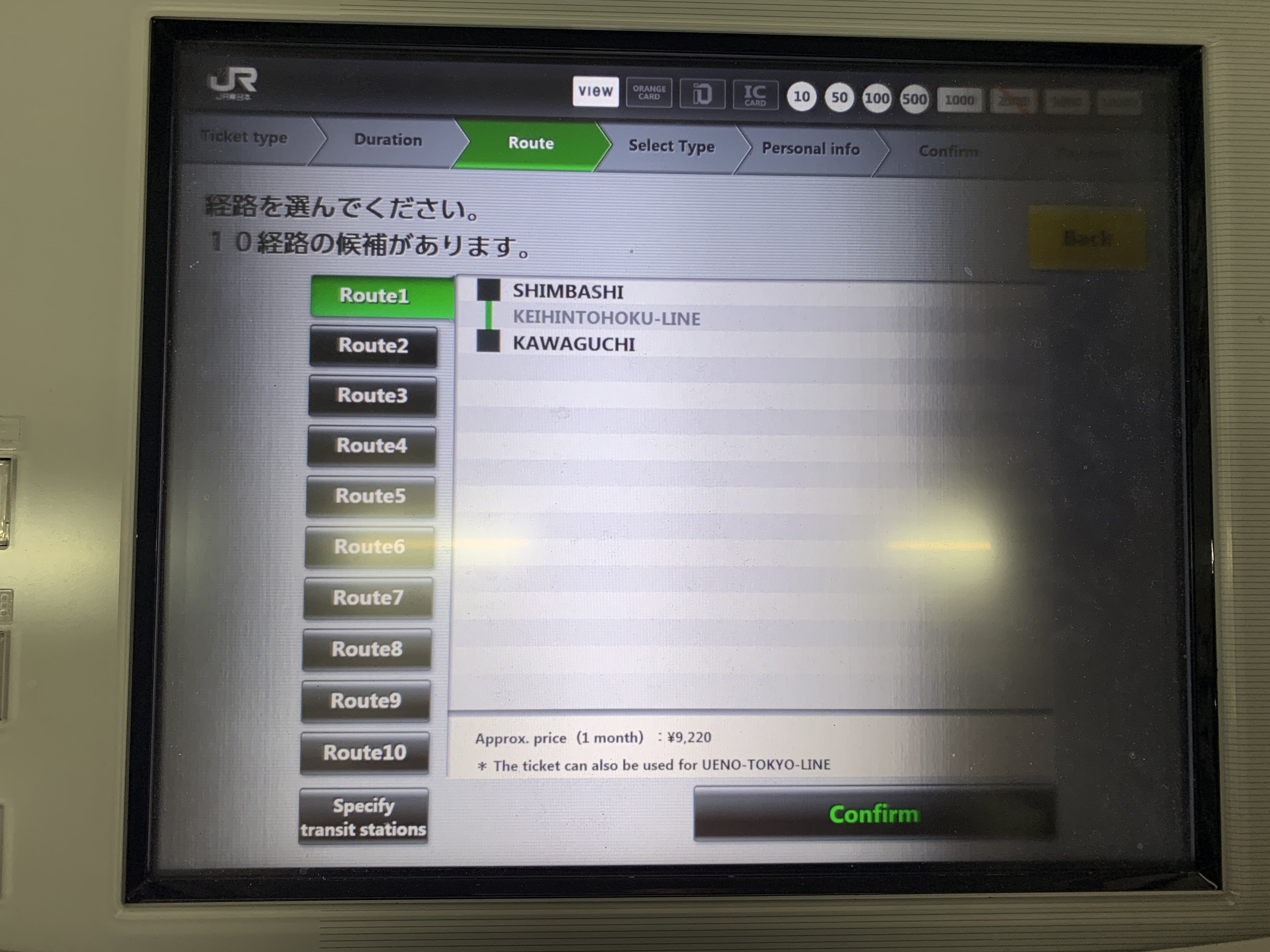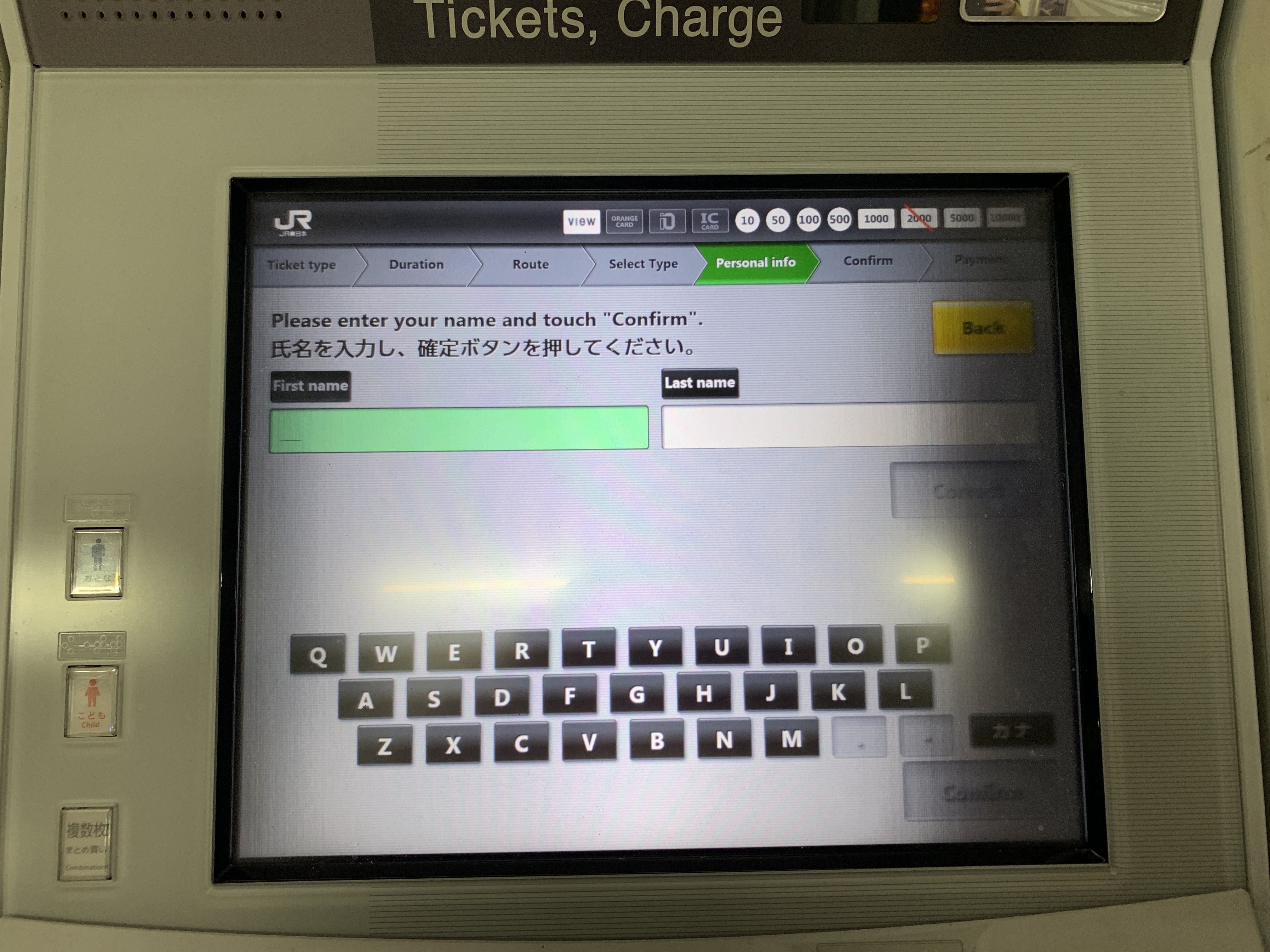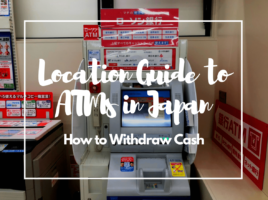What is Teikiken: the Commuter Pass in Japan
How to save money on transportation in Japan

One of the things you hear the most from foreigners living in Japan or traveling is that transportation in Japan is very expensive. And especially if you have to use it on a daily basis, it costs you a lot of money. In other countries there’re monthly bonuses or packs of 10 tickets. For example, where I come from there are monthly bonuses that cost much cheaper, and you can use all the public transport in the city (train, metro, buses, tram, etc.) for a month with a single ticket. And I know that there are other cities with similar systems.
The problem in Japan, especially in Tokyo, is that the most part of railways companies are private and not public. And each company applies its own rates. In general, if you only use one company from home to school or work, it’s not that expensive. Even if you have to change trains, if the other train or subway is also from the same company, you only pay the distance. But if you have to make a line change and use two companies, the price goes up enormously. And if there are three, you will be ruined. But there’s a way to save some money on your transportation expenses: the Teikiken
What is the Teikiken?
The teikiken is a commuter pass that is used to travel between two stations, usually from your home to work or from your home to school / university. If for example a trip from your house to work costs you 15,000 yen/month (counting two trips a day, 5 days), with the teikiken it would cost you cheaper. You can buy a 1, 3 or 6 month teikiken, and depending on how many months you buy, you have more or less discount.
I’m going to give you a practical example so you can see how it works.
For example, we’re going to calculate the price from Kawaguchi, which is in Saitama, usually called a ‘dormitory city’ since the most part of people working in Tokyo live in places like Saitama or Chiba because the rent in Tokyo is highly expensive, to Shimbashi, one of the neighborhoods of Tokyo with more offices. One way is 310 yen, 620 yen a day (round trip) x 5 times a week = 3,100 yen per week x 4 weeks = 12,400 yen per month. In the image above, on the left side you have a section where it says “Commuting ticket” and gives you the prices for one month, three months and six months. If you purchase the one-month commuting ticket you save 3,180 yen per month but if you purchase the three-month savings you save 10,910 yen and if you buy the six-month you save 30,140 yen.
And here you have another example having to change trains and using a train from another company. And the saving that I have told you is if we only consider commuting to work and making an approximate calculation that the month has 5 days a week for 4 weeks, since some months are longer and the teikiken serves a whole month . For example if you do it on day 1, it lasts until day 1 of the following month.
If you want to calculate the price from your home to work / school costs and how much cost the commuting ticket, you can check it on the Hyperdia website.
Hyperdia website: http://www.hyperdia.com/
How to use the Teikiken?
If you have an IC-card (Suica o Pasmo), the teikiken is simply ‘added’ to your IC-card, which you will still be able to use normally. Let me explain this better: you can have the teikiken on the IC-card and at the same time add extra money on the card for trips that are not within the two stations you have selected. So you only have to carry a single IC-card. In case you wanted to go to a place that part of the route is included in your teikiken but part is not, such as two or three stops further than the station at your work, you would be charged for those two extra stations but you wouldn’t pay all the way from your home.
A really good part of the teikiken is that you can use it as many times as you want during that month (or months) to go from your home to the station you have selected, including weekends and holidays. In addition you can also get on and off at any station on the line between those two stations. Therefore, you can also save money on your other trips. For example, when I was a student with a part-time job, I used two lines to get from my house to work and I had to make transfers at the same station where my school was. So the teikiken served me to go to school and work at the same time, and when I had to meet my friends I tried to meet at one of the stations that were within the route between my house and work (I was lucky and within the route they were Shinjuku, Shibuya, Harajuku, etc). Therefore, paying an amount a month, I was covered both for work, school and when I wanted to go out with friends. And since usually in Japan the companies also pay you for the transportation costs from your home to your job, so the price of the teikiken was paid by the company (I worked 5 days a week), that allowed me to save some money as a student.
Important: If you are students, you can get a student discount and the price is reduced by half as long as you show that you are student, through a student card or something similar. Usually, if you are in a Japanese language school, the school will have to provide you with a paper and with this paper you can get the discount. Not all language schools can offer this discount, as it depends on whether they’re registered as senmon gakko or not. So I recommend you ask at your school, since in some cases even if you can get the discount with all the train lines, the school have agreements with some railway companies, so it’s better if you are looking for a house, choose one near to a train station from one of the railway companies where you can get a discount.
Where and how to get a Teikiken?
Probably the easiest and safest way to buy the teikiken for foreigners who have just arrived in Japan is to go directly to a ticket counter and ask the staff to help you. The staff is usually very kind and helpful. You will have to fill a form with your name, gender and phone number. The other option is to do it yourself at the ticket machines. I think it’s quite simple, but just in case here I will show you a mini-guide on how to do it.
1. The machines, obviously, are usually in Japanese. The first step is to change the language to English (or the language that suits you best). For example on JR machines that option is at the top right.
2. Choose the “Pass” option and then press the “New pass” button and select “Commuter Pass”.
3. The next step is to select if you want a 1-month, 3-month or 6-month pass and from which day you want to start using it (you don’t need to buy it the same day)
4. Choose your station of origin and destination. For the origin station, the machine automatically offers you the stations closest to the station from where you are purchasing the commuter pass, but if it’s not one of those options, you can press the “other” button and write your station. For the destination station you will also have to write the name. As soon as you put the first letters of the station name, some options will automatically appear.
5. Once you have chosen your origin and destination stations, they will offer you different routes. In this case for example there were up to 10 different routes available. My recommendation is that you look at home previously which route is better for you, and which route fits better for your trips on your days off (if any of the routes passes through the station of a place you visit a lot, etc.)
6. If you already have an IC Card, press “Continue using the present Suica”. If you don’t have any, press “Purchase a new Suica”
7. Accept the authorization for the use of your personal data.
8. Register your personal data: name, gender, date of birth and telephone number. This is so that in case your Commuter Pass is lost or stolen, they can make you a new one with the same amount of money and the same dates and route as the one you lost.
10. Check that all the information and the route is correct.
11. Choose how much money you want to recharge on your IC-Card (although less visible, there’s also the option of not recharging money)
12. Pay the amount of money that appears on the screen. And you already have your Commuter Pass!
I hope this article has been useful for you! If you want more information about things that may be useful to you if you plan to live in Japan or are living in Japan, you can check these articles too!
▽Related Articles ▽
▼Editors’ Picks▼
Written by
From Barcelona to Tokyo. Coffee and Adventure lover. I started to like Japan because of the anime, music and dramas, but after my first trip to the country I found what I love the most: traveling around, the culture and history. I have travelled a lot in Japan, but I still have many places to discover that I want to share with you. Let’s discover Japan together! Also, as a foreigner living in Japan for over 6 years I understand what kind of things are difficult when you move here and I want to help other people in the same situation that I have in the past.

































